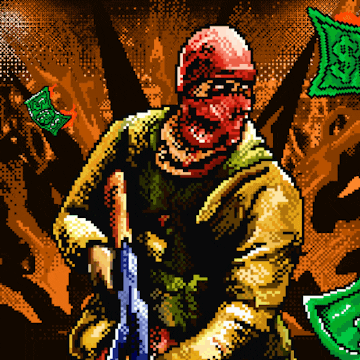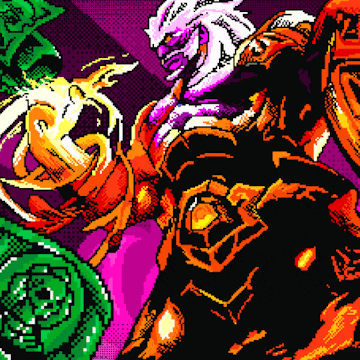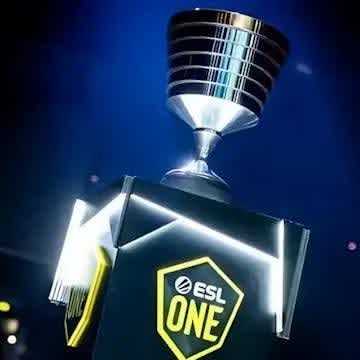Do the Legends always come in cold? We’ve crunched the numbers.
Supposedly, the New Legends Stage of the CS:GO Majors is full of upsets as the supposedly stronger teams take some time to get up to speed and gain match sharpness against those that survived the gauntlet of the previous stage. Do the numbers bear out this observation?
How we crunched the numbers
So just how upset-ridden is the New Legends Stage exactly? There are multiple ways to slice this one, and we’re going to look at them one by one:
- The tournament seeding: if the Legends truly come in cold, they’d lose a disproportionate number of series in the first two rounds of the Swiss bracket against Challengers. This should be easy to track from Major to Major by looking at the Legends-versus-Challengers matchups for this portion. But…
- The HLTV ratings: sure, a win may be an upset in the strict context of the Major, but just because Astralis qualified as Contenders for the London Major doesn’t mean that the #1 rated team’s victory should be considered a surprise. As such, we’ve defined an upset as a match where a Challenger team beats a Legend side that’s at least ten spots above them in the HLTV rankings.
- The playoff participants: if those early matches are truly less-representative upsets, we should see a higher-than-expected number of the playoff teams come from the lower bracket in the Swiss stage.
Before we get started, keep in mind that there are quite a few caveats to consider. The sample size is fairly small to begin with: we’ve only had four Majors with 24 teams and the double Swiss group stage, which already calls into question whether it’s such a good idea to form storylines around these tendencies.
The events’ formats weren’t identical either, with best-of-three decider matches and the Buchholz seeding brought along after ELEAGUE Boston, plus the qualification carousel of the RMR system is also a far cry from the automatic invites offered for a third of the field in past years.
The legend of The New Legends
Ultimately, a deep dive into the statistics doesn’t actually bear out this popular storyline. The discrepancies in the Major spots and the HLTV rankings have more to do with these supposed upsets than the idea of top teams “coming in cold” to the Major.
Nominally, Challengers do have more wins to their names than Legends (33 to 24), but the higher-rated teams clearly outperform their weaker counterparts (36 to 21, with ten “upsets” recorded based on the previously mentioned criteria), even in these supposedly higher-variance best-of-one matches.
Perhaps the best example of this is the ELEAGUE Boston Major, where the opening two rounds saw eight of the twelve challenger-versus-legend matchups go the upstarts’ way – but actually, you’d find that the winner had the higher HLTV rating in two-thirds of these scenarios.
Also, none of the teams that started with a 2-0 record ever missed out on the playoffs since this format was introduced. Granted, two of them are guaranteed to make it in round three, but if the early Swiss rounds were full of fluke results, surely you’d expect someone to be found out at some point? Similarly, there’s no evidence of top teams regularly bouncing back from poor starts in The New Legends Stage.
The top eight of the HLTV rankings have a healthy representation in the playoffs (six teams in Boston and Berlin, five in London, four in Katowice), suggesting a general lack of big upsets. Only three teams outside of the top twenty made it to the playoffs to date. Quantum Bellator Fire at the ELEAGUE Boston Major (#28), Complexity at the FACEIT London Major (#29) and AVANGAR at the StarLadder Berlin Major (#27). They likely owed these ranking positions to the points earned during the qualification process.
How’s all this playing out in Stockholm so far? It’s a similar story: on the surface, you’ve got 9 Legend wins and 7 for the Challengers, a stat that actually represents 11 victories for the higher-rated teams and just two bona fide upsets, courtesy of Entropiq.
Take the memed-on matchup of Evil Geniuses and Copenhagen Flames as an example of the opposite: those plucky Danish upstarts were actually 23 places above their North American rivals in the rating. Not exactly a shock result then, and if you put CPH as the 0-3 candidates over EG in your Pick’Ems, you listened to the wrong people.
In conclusion: an attractive storyline that isn’t borne out by the numbers
To summarize, the weaker Challenger teams don’t have a superior record against Legends in the early Swiss rounds, genuine upsets in terms of ranking difference or playoff qualification are both rarer than this popular storyline would suggest. In totality, early strong performances in the Swiss bracket are indeed indicative of likely final placings rather than being just a fluke.
Though it’s clear that the Legend and Challenger designations are not a good representation of actual team strength (which is something even the eye test could tell you), there’s nothing to the idea that otherwise strong Legend teams drop the ball because they come in cold. If they do so, it’s because they’re not hot whatsoever: that’s all that’s there to it.
Photo credit: HLTV





